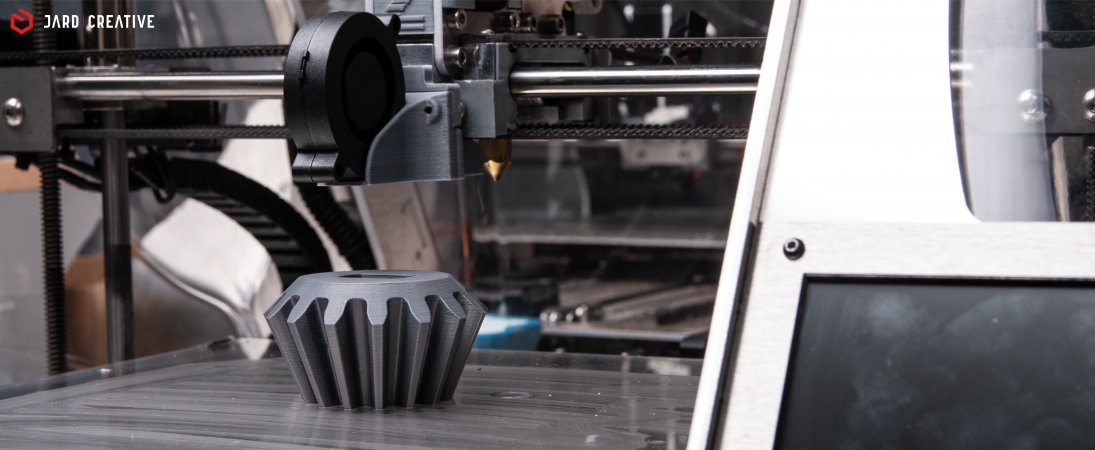The website uses "cookies" for its proper operation. By using the website you agree to its use. Details can be found in the Privacy Policy.
In previous articles on 3D printing we touched on the topic of history and discussed in detail the most popular types of technology. In today's part, we introduce the most important concepts related to one of the most modern 3D printing technologies today.
Filament means the name of 3D printing material intended for 3D printers printing in FDM technology. The filament is a plastic string (ABS, PLA, nylon, etc.) that is wound on a spool attached to a 3D printer. It comes in two standards - 1.75 mm and 3 mm (although there are 2.8 mm diameters). The amount of filament on the spools is given in kg, standard it is 0.5 / 0.75 or 1 kg.
STL is the basic format of spatial files used in 3D printing. The STL format was developed by Charles Hull of 3D Systems and made available. The model saved in this format is a triangle mesh. STL stands for "StereoLithography" as well as "Standard Tessellation Language". Virtually all 3D modeling programs can export the item to this format.
Infill means prints made in 3D printing technology, which can be set to varying degrees of interior filling. Models with full filling are very rarely made, unless the specificity of the design or its purpose requires it. Conceptual models can be successfully printed with 20%, 10% and even 5% filling, if the geometry of the object allows it. Various patterns are used for filling, e.g. grille or honeycomb. Choosing the right pattern and proportion of filling allows you to build durable structures with less use of material, and thus a lower cost. Depending on the material, the filling also affects the stress generated during printing.
The layer height determines the accuracy with which the 3D printer applies subsequent layers of material. Applies to positioning the Z axis of the 3D printer. The standard height of the printed layer in FDM technology is 0.1 - 0.2 mm (100 - 200 microns). It is possible to print with greater accuracy (e.g. 0.05 mm / 50 microns), but this only makes sense with a print head with a correspondingly smaller diameter (e.g. 0.3 mm). In 3D printers printing from resin, the layer height is normally 0.02 - 0.05 mm (20 - 50 microns), but it can be successfully printed on even lower layers.
Raft is an element of 3D printing used in 3D printers printing in FDM technology. It consists in the fact that the device first prints several layers of material in a specific way, and then builds the target model on them. Raft always has a larger surface than the rest of the print. It provides better adhesion to the table and prevents the edges of the printout from curling. In addition, in 3D printers equipped with a perforated work table, it provides a smooth bottom surface of the printout. For perforation, the bottom of the print is pressed into the perforated holes, leaving characteristic tabs on the surface. After work, the raft is torn off the model.
If you would like to learn more, write to us at: biuro@jardcreative.com
